The capital of Lower Saxony, Hanover, is another Hanseatic city worth visiting, along with Bremen, Lübeck and Hamburg.

The city is also called “Expo City” due to the many exhibitions that take place here, some of the largest in the world, among which are Agritechnica (the largest fair of agricultural machines and equipment in the world), EuroTier (the most important exhibition international trade fair for animal husbandry presenting innovations in professional animal husbandry machinery and installations) or TWENTY2X (presenting smart IT solutions for SMEs and start-ups).

Hanover does not have many historical buildings and seems like a modern city with new buildings. This is due to the fact that the city was one of the most affected during the Second World War, and almost all the historical buildings were destroyed by bombing.

We were only passing through Hanover for a few hours and we didn’t have much time to visit all the sights, but below I leave you a list and some pictures of what we got to see.
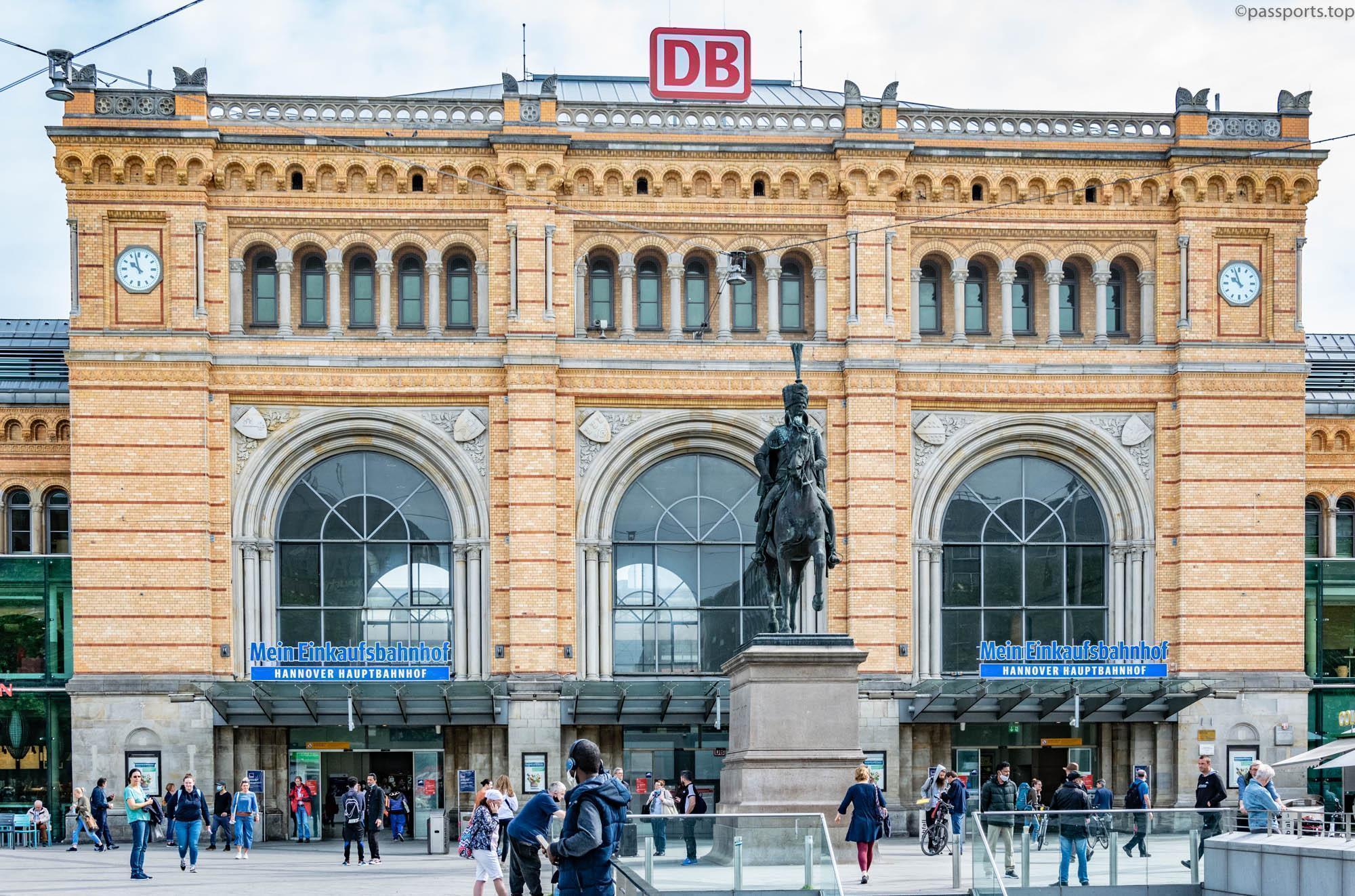
I parked the car in the area of the Central Station (Hauptbahnhof) – the most important railway junction of the city, crossed every day by 250,000 passengers and 622 trains – and started towards the old center.


A few old buildings remained standing after the war, among them the Old Town Hall, built in 1410. The building should have been demolished in 1844, but thanks to citizen protests, this was prevented.

Also in the old center is the Marktkirche – an old church, dating from the 14th century. It is said that the tower should have been twice as tall, but there was no money due to the crisis produced by the “Black Death“, so the top was simply added to what had been done up until then.

We also stopped at the Aegidinkirche – a church bombed during the war. The church dates back to 1163, being one of the most important places of worship in the city. The roof of the building was blown off in 1942, and the citizens decided not to renovate it, as a memorial for the victims of wars and violence.
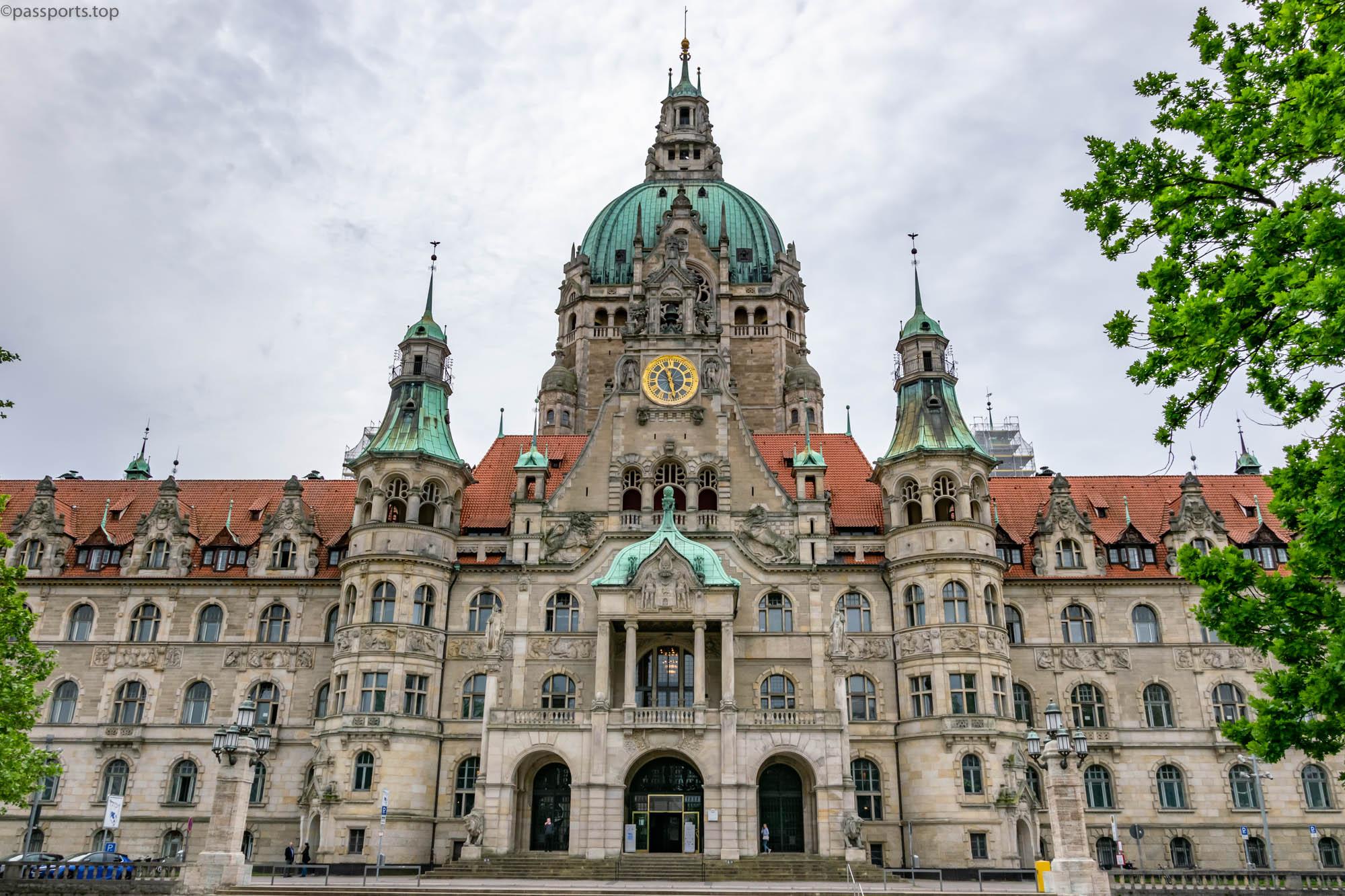
The New Town Hall (Neues Rathaus) was erected at the beginning of the 20th century. The town hall dome has a specially arranged platform that can be visited, from where you can see the Harz Mountains, when the weather is good, and the city center.

Next to the town hall is the Maschpark – a 10-hectare park where you can relax on the banks of the Maschteich pond and admire the impressive town hall building from another angle.

Another impressive building is the Opera House (Opernhaus), built in the neoclassical style in 1852. After being destroyed during World War II, it was the first opera house in West Germany to be rebuilt and reopened to the public.

The Herrenhäuser Gardens are a replica of the French gardens at Versailles and the city’s most famous landmark, created towards the end of the 17th century.
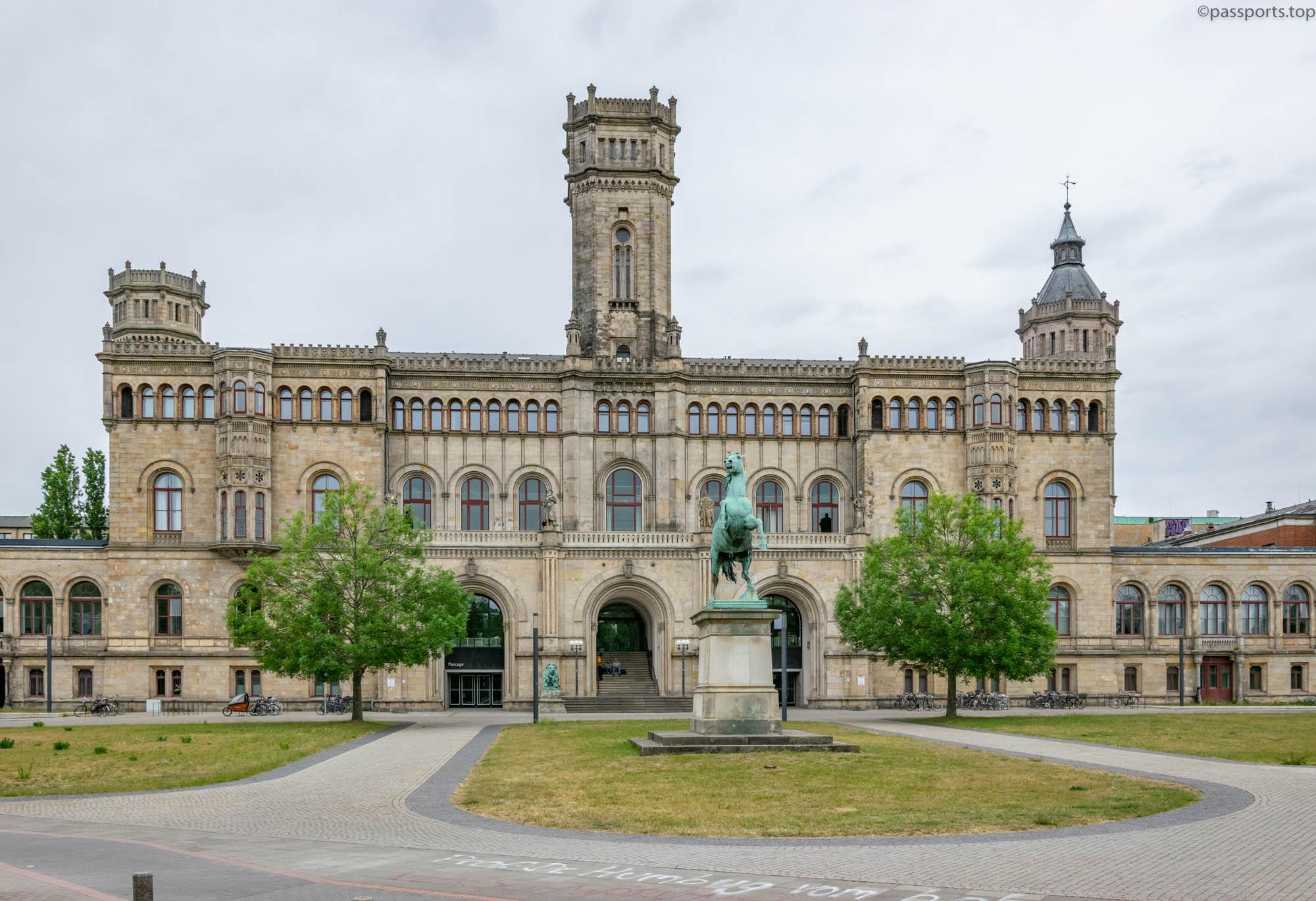
This huge park includes four unique gardens: Großer Garten (Great Garden, where numerous festivals, theater performances, events and concerts take place), Berggarten (witness to 300 years of history, includes over 12,000 species of flowers that can be seen throughout the year), the Georgengarten (comprising the German Museum for Caricature and Graphic Arts and the Leibniz Temple) and the Welfengarten (which houses the Welfenschloss and houses the University of Hanover).

Maschsee is an artificial lake created between 1934 and 1936, an oasis of relaxation and recreation in the middle of the city, perfect for water sports. On the shores of the lake there are numerous restaurants and cafes, golf clubs, a place where you can rent boats and the Sprengel Museum (it has one of the most significant collections of modern art in Germany; ticket price: €7/person).

Other important objectives that we did not get to visit are: the State Museum of Lower Saxony, the Zoo, the History Museum or the Marienburg Castle.

From Hanover we went to the city where the famous Ludwig van Beethoven was born and the place where the delicious Haribo gummy bears (Gummibärchen) appeared: Bonn.
(Hanover – June 2020)

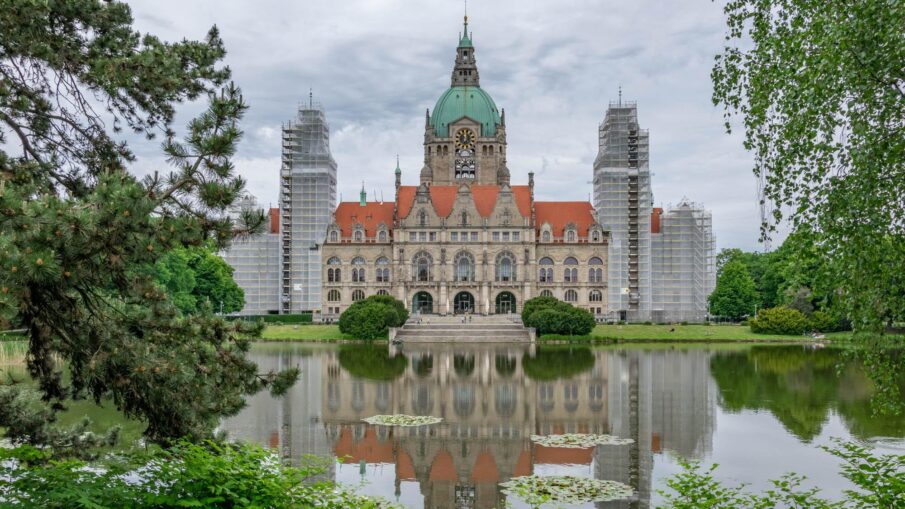

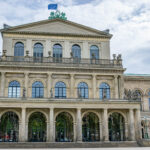






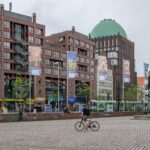




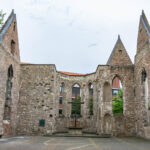



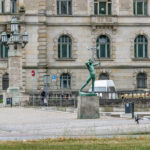






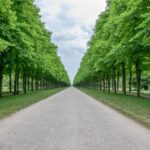



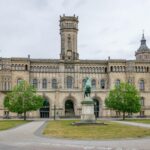

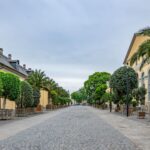
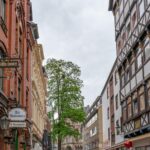

Leave a Reply